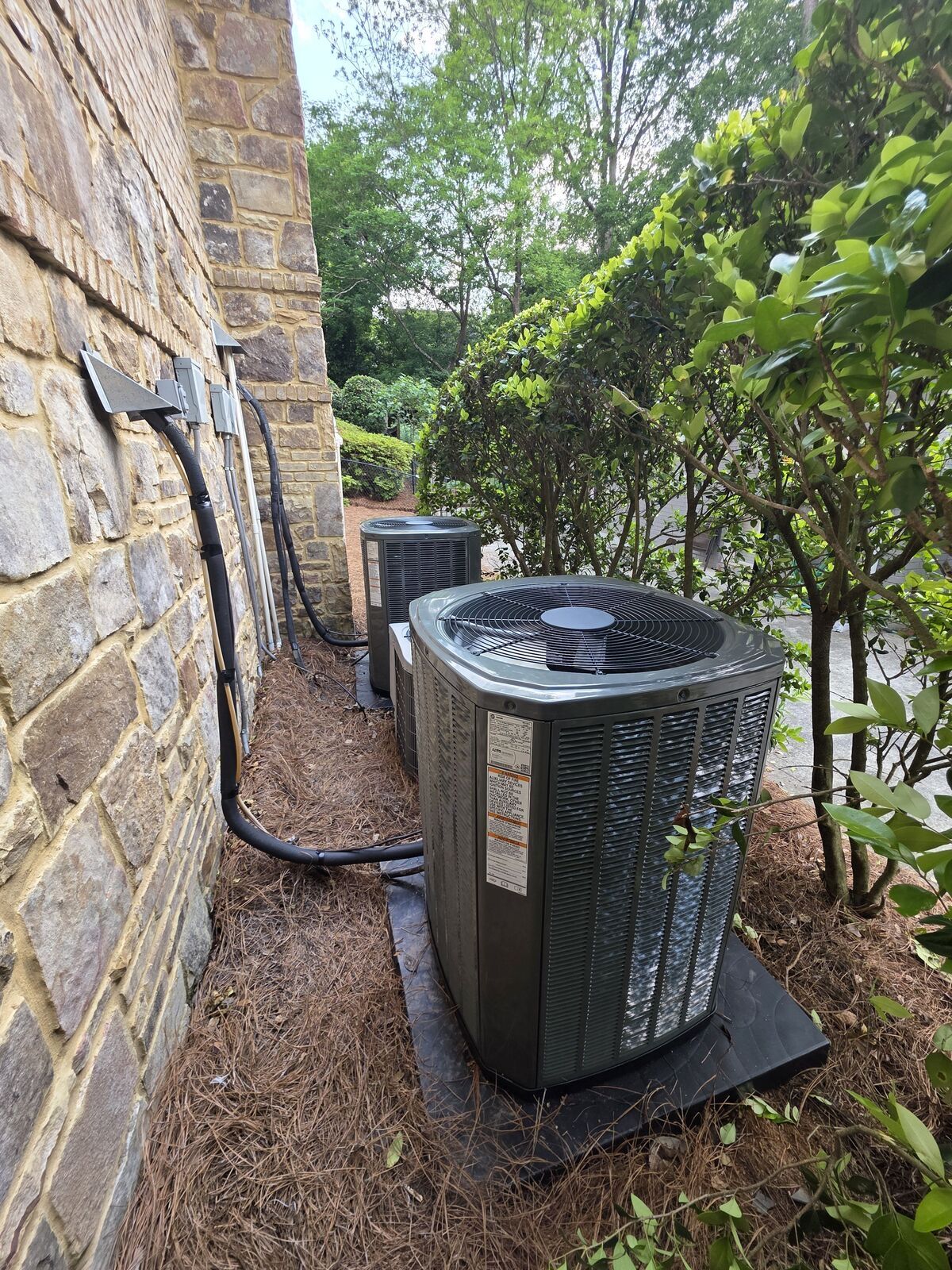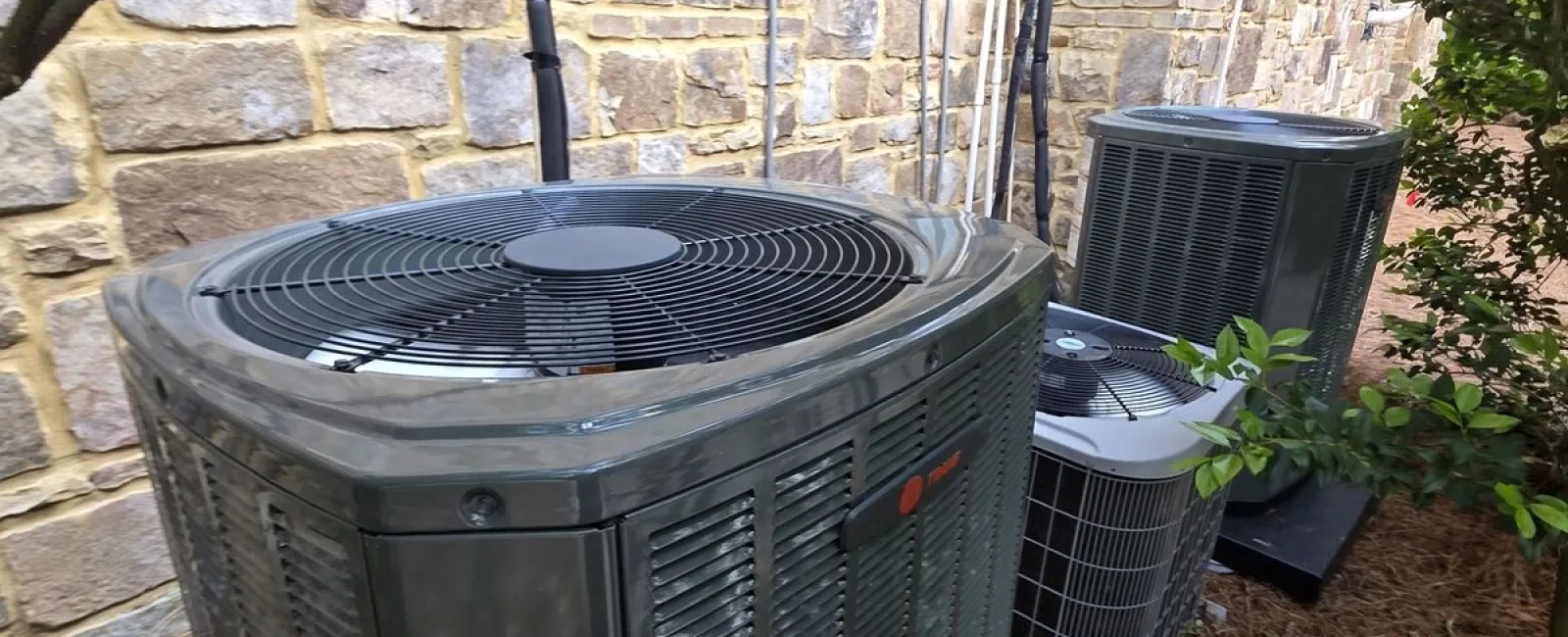What Can Cause an AC Not to Work?
When the temperatures rise, a malfunctioning air conditioner (AC) can quickly turn a comfortable home or office into an unbearable environment. Air conditioning systems are complex machines with many components that must work together efficiently. If your AC isn't working properly—or not working at all—there are several potential culprits. Understanding the common causes can help you identify the issue and determine whether it's a simple fix or something requiring professional attention.
1. Thermostat Issues

One of the most overlooked causes of AC problems is the thermostat. If the thermostat is not set correctly or is malfunctioning, the AC may not turn on or may not cool the space properly. Dead batteries, incorrect temperature settings, or faulty sensors can all lead to issues. Make sure the thermostat is on the correct mode (cooling), and consider replacing the batteries or checking the wiring if necessary.
2. Dirty or Clogged Filters
A dirty air filter restricts airflow, causing the system to work harder and less efficiently. Over time, this can lead to reduced cooling capacity, frozen coils, and even system failure. Most filters should be checked monthly and replaced every 1-3 months, depending on usage and the type of filter.
3. Tripped Circuit Breaker or Blown Fuse
If the AC won't turn on at all, a tripped breaker or blown fuse might be the issue. This usually happens when the system is overworked or there's a short circuit. Resetting the breaker or replacing the fuse may solve the problem, but if it continues, it could indicate a deeper electrical issue.
4. Refrigerant Leaks or Low Refrigerant
Refrigerant is essential for cooling your home. If the levels are too low due to a leak or improper installation, the AC won't be able to absorb and expel heat efficiently. Signs of low refrigerant include warm air blowing from vents, ice on the evaporator coils, and hissing noises. This problem typically requires professional repair and recharging.
5. Frozen Evaporator Coils
Evaporator coils absorb heat from the air. If they freeze, the system can't function correctly. Causes include restricted airflow from dirty filters or blocked ducts, as well as low refrigerant levels. Turning the system off to allow the coils to thaw and addressing the underlying cause can resolve the issue.
6. Dirty Condenser Coils
The outdoor condenser coil releases the heat extracted from your home. If it's covered in dirt or debris, heat can't be released properly, reducing efficiency and potentially overheating the system. Regular cleaning and maintenance are key to preventing this.
7. Compressor Problems
The compressor is the heart of the AC system, responsible for circulating refrigerant. If it fails, the entire system can stop working. Compressor issues can result from electrical problems, overheating, or wear and tear over time. Unfortunately, compressor replacement can be costly and sometimes justifies replacing the entire unit.
8. Blocked or Leaky Ducts
Even if the AC unit itself is working fine, cool air may not reach certain parts of the home if the ducts are leaking or blocked. Rodents, poor installation, or deterioration can cause ductwork problems, leading to uneven cooling and wasted energy.
9. Aging or Inadequate System
Air conditioners typically last 10-15 years. An older system may struggle to keep up with demand, especially during heatwaves. Outdated units also lack energy efficiency and modern technology. If your system is near the end of its lifespan, replacement might be the most cost-effective solution.
Final Thoughts
An air conditioner that's not working can stem from a wide range of issues—from simple fixes like a thermostat reset to complex mechanical failures. Regular maintenance, such as changing filters, cleaning coils, and scheduling annual inspections, can prevent many common problems. If basic troubleshooting doesn't resolve the issue, it's wise to call a certified HVAC technician to ensure a thorough and safe repair.




